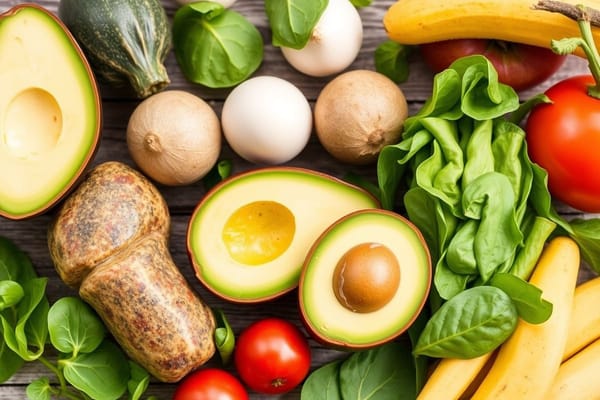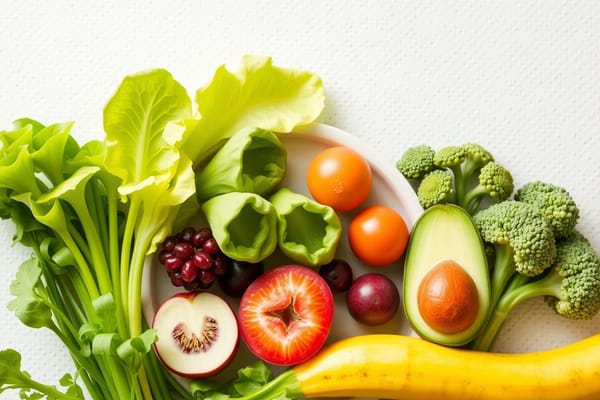Inflammation Busters: Top Foods to Reduce Swelling & Boost Your Body's Balance

Ever woken up feeling stiff, a little achy, or just generally "off"? You might be experiencing inflammation. While acute inflammation is your body's natural response to injury or infection – think of a swollen ankle after a twist – chronic inflammation is a different beast entirely. It's a low-grade, persistent state that can quietly wreak havoc on your body, contributing to a myriad of health issues from heart disease and diabetes to autoimmune conditions and even certain cancers.

The good news? You have incredible power to fight back, and it starts right on your plate. Your diet is a potent tool in managing inflammation. By choosing the right foods, you can help calm the inflammatory storm within and restore your body's natural balance. Let's dive into the delicious world of anti-inflammatory foods!
The Usual Suspects: What Fuels Inflammation?
Before we spotlight the heroes, it's important to briefly mention the villains. Foods high in refined sugars, trans fats (often found in processed snacks), refined carbohydrates (white bread, pasta), and processed meats can act like kindling, igniting and fanning the flames of inflammation in your body. Minimizing these is a crucial first step.
Your Plate, Your Pharmacy: Top Anti-Inflammatory Foods
Now, for the good stuff! Here are some of the most powerful inflammation-fighting foods you can easily incorporate into your daily meals:
1. Omega-3 Rich Fatty Fish
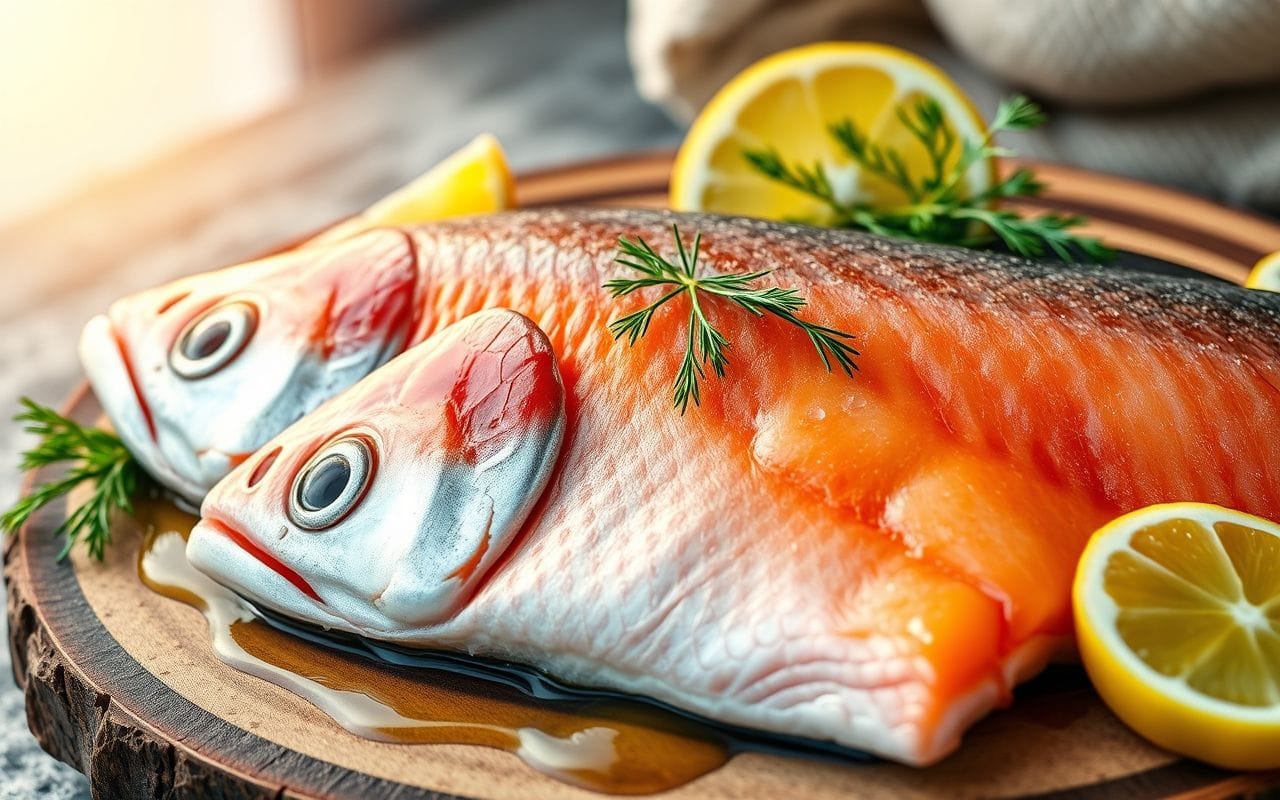
- Why they're great: These cold-water fish are packed with EPA and DHA, two types of omega-3 fatty acids known for their potent anti-inflammatory properties. They help reduce the production of inflammatory molecules.
- Examples: Salmon, mackerel, sardines, anchovies, and trout. Aim for at least two servings per week.
- Tip: If fish isn't your thing, consider flaxseeds, chia seeds, or walnuts, which contain ALA, a plant-based omega-3 that the body can convert (though less efficiently) into EPA and DHA.
2. Vibrant Berries
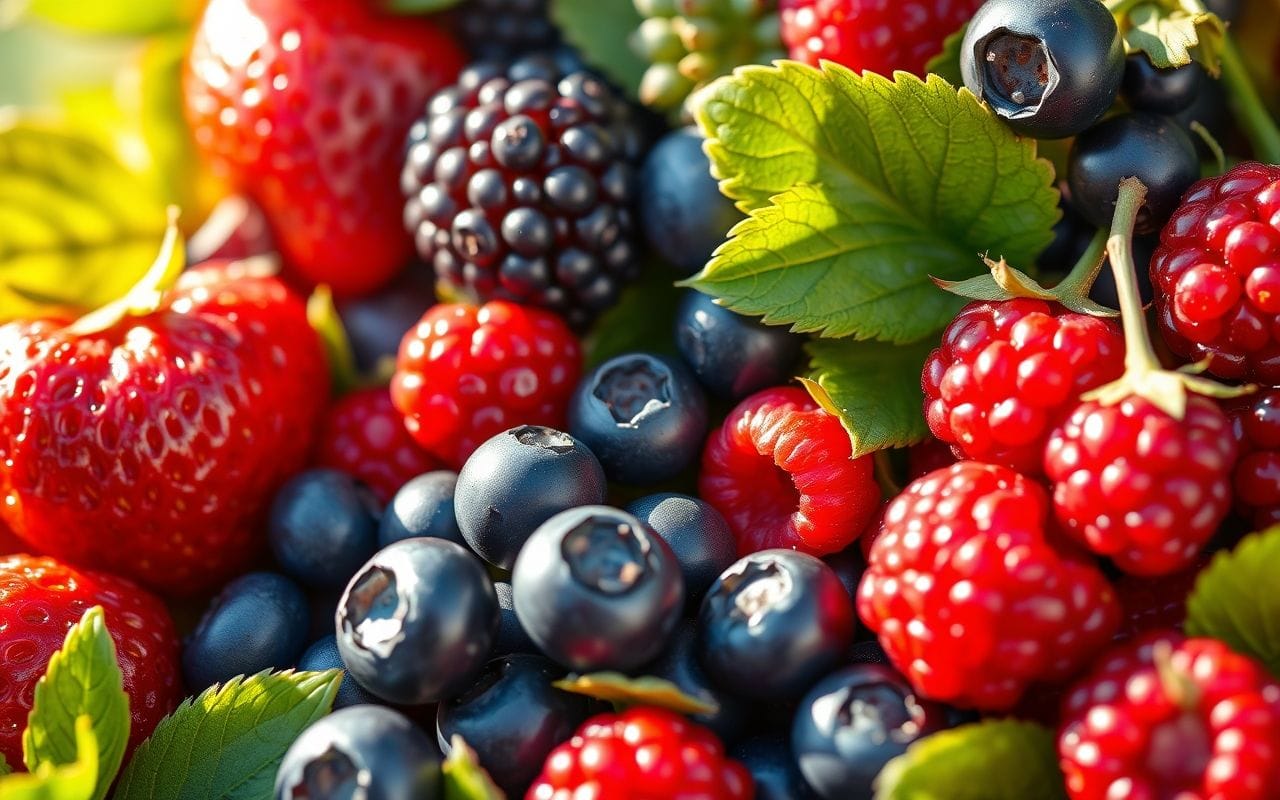
- Why they're great: Bursting with antioxidants and phytochemicals (especially anthocyanins, which give them their rich color), berries help neutralize free radicals and reduce oxidative stress, a key driver of inflammation.
- Examples: Blueberries, strawberries, raspberries, blackberries, and cherries.
- Tip: Add a handful to your oatmeal, yogurt, smoothies, or just enjoy them as a refreshing snack.
3. Leafy Green Vegetables
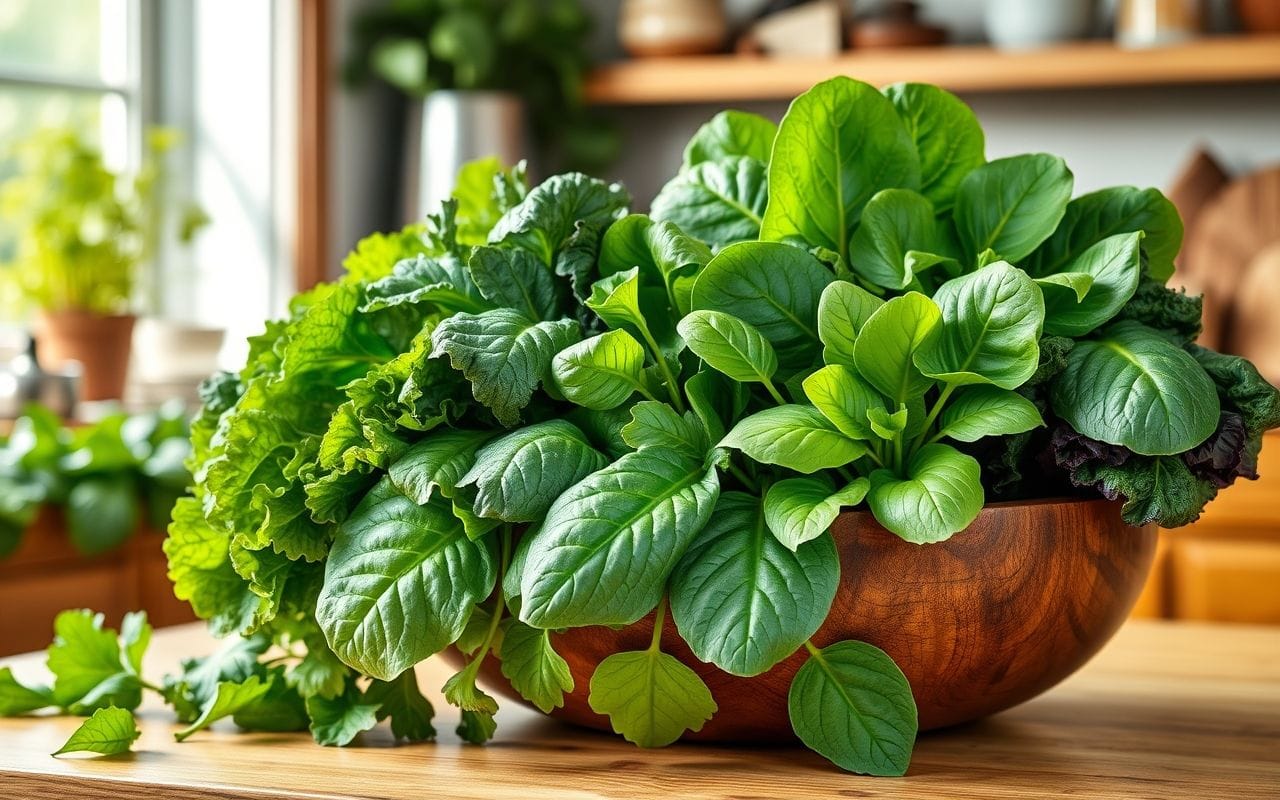
- Why they're great: Kale, spinach, Swiss chard, and collard greens are nutritional powerhouses. They're rich in vitamins A, C, and K, as well as potent antioxidants that protect cells from inflammatory damage.
- Examples: Spinach, kale, collard greens, bok choy.
- Tip: Sneak them into omelets, stir-fries, soups, or blend them into your morning smoothie for an easy nutrient boost.
4. Cruciferous Vegetables
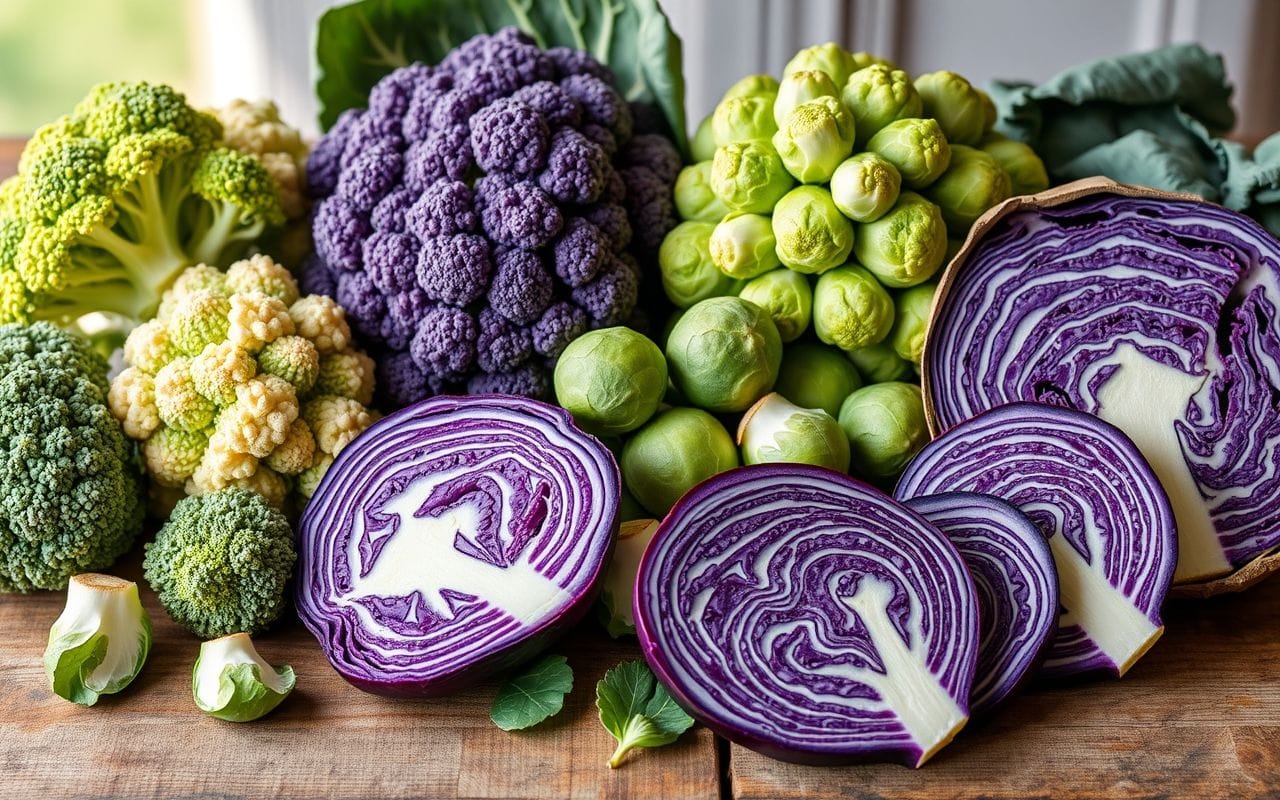
- Why they're great: Broccoli, cauliflower, Brussels sprouts, and cabbage contain sulforaphane and other compounds that have been shown to reduce inflammatory markers in the body.
- Examples: Broccoli, cauliflower, Brussels sprouts, cabbage.
- Tip: Roast them with a drizzle of olive oil and your favorite herbs for a delicious side dish.
5. Turmeric and Ginger
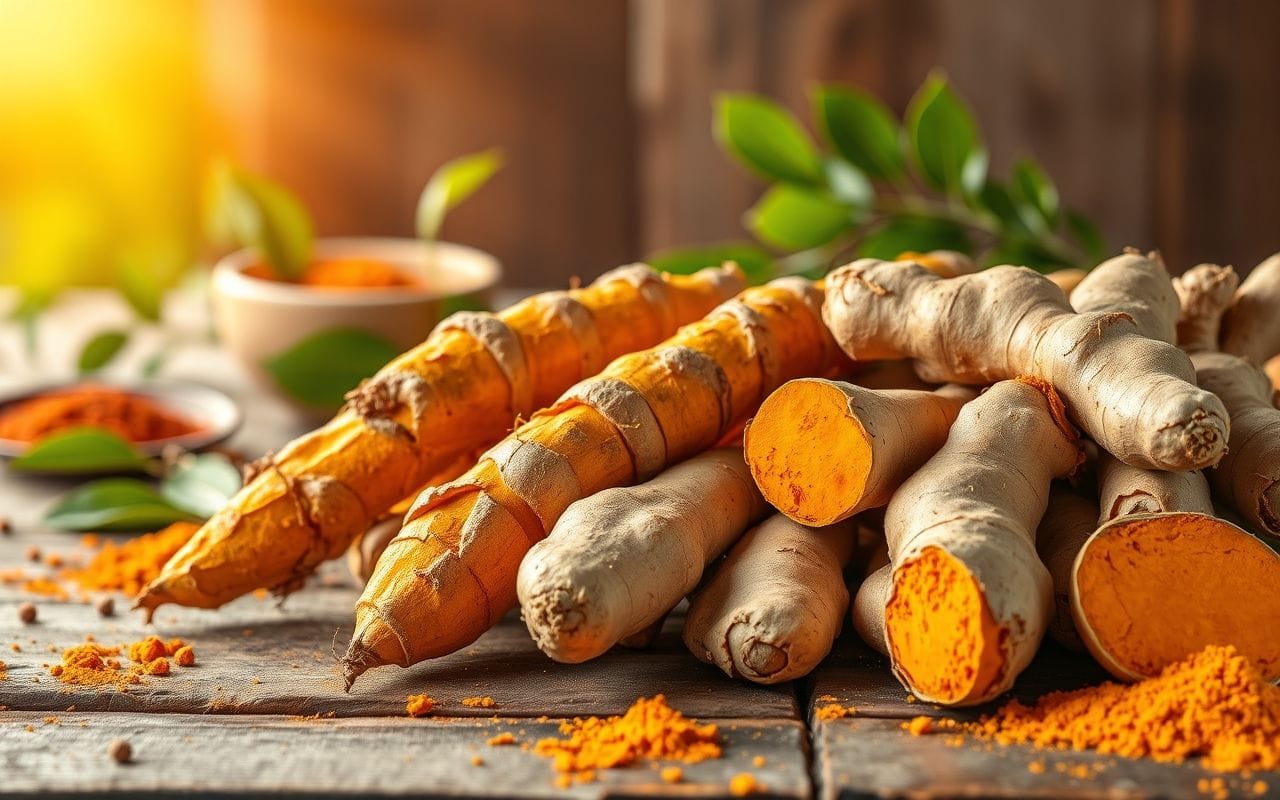
- Why they're great: These roots are culinary staples and ancient medicines. Turmeric contains curcumin, a compound with powerful anti-inflammatory and antioxidant effects. Ginger boasts gingerols, which also have significant anti-inflammatory properties.
- Examples: Turmeric powder, fresh ginger root.
- Tip: Add turmeric to curries, soups, or make a soothing "golden milk." Use fresh ginger in stir-fries, teas, or grated into dressings.
6. Healthy Fats (Avocados & Olive Oil)
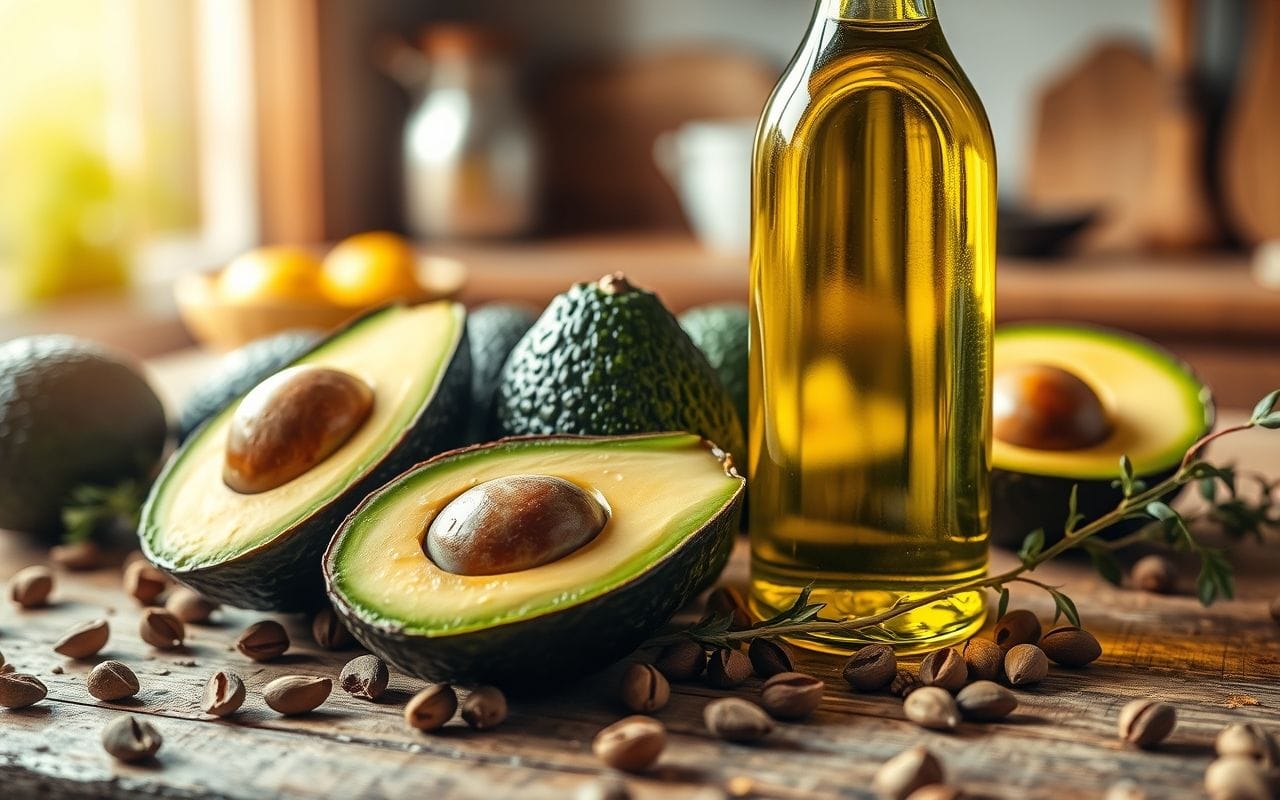
- Why they're great: Extra virgin olive oil, a cornerstone of the Mediterranean diet, is rich in monounsaturated fats and polyphenols that can reduce inflammation. Avocados are also packed with monounsaturated fats, fiber, and various vitamins and minerals that support an anti-inflammatory response.
- Examples: Extra virgin olive oil, avocados.
- Tip: Drizzle olive oil generously over salads, use it for light sautéing, and add avocado slices to sandwiches, salads, or make a healthy guacamole.
7. Green Tea
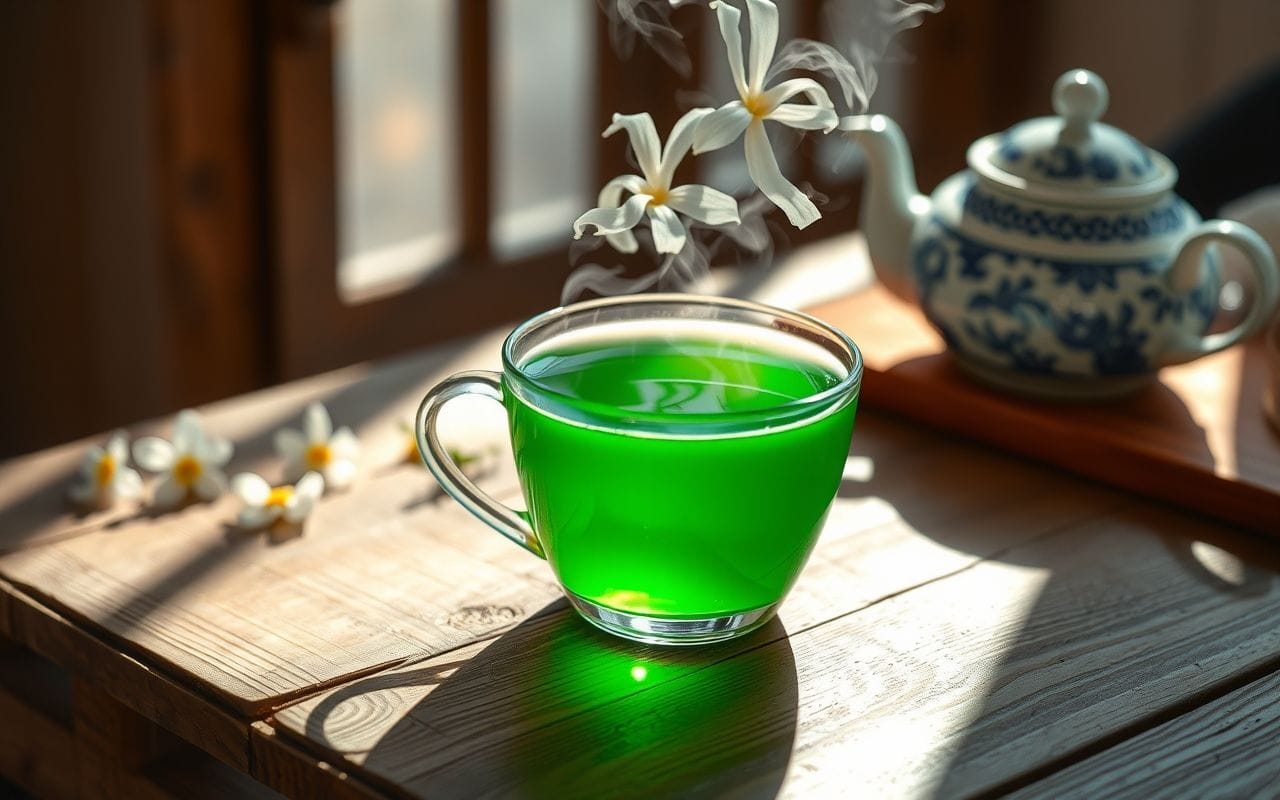
- Why it's great: Green tea is loaded with catechins, particularly epigallocatechin gallate (EGCG), a powerful antioxidant that has been shown to reduce inflammation and protect against cellular damage.
- Example: Green tea (matcha is an even more concentrated source).
- Tip: Swap out your usual soda or sugary drinks for a comforting cup of green tea.
Easy Ways to Incorporate Them into Your Daily Meals
Transitioning to an anti-inflammatory diet doesn't have to be daunting. Here are a few simple ideas:

- Breakfast Boost: Add berries and flaxseeds to your oatmeal or blend spinach and a small piece of ginger into your morning smoothie.
- Lunch Upgrade: Top your salad with grilled salmon or chicken, a generous drizzle of olive oil, and plenty of colorful vegetables.
- Dinner Delight: Roast a medley of broccoli, cauliflower, and Brussels sprouts with turmeric and black pepper alongside your main dish.
- Smart Snacking: Grab a handful of walnuts, enjoy some avocado toast, or simply snack on fresh berries.
Embrace the Change, Feel the Balance
Making dietary changes is a journey, not a sprint. Start by incorporating one or two new anti-inflammatory foods each week. As you consistently choose these nourishing options, you'll likely notice a difference in how you feel – reduced aches, more energy, better digestion, and an overall sense of well-being.

Remember, food is medicine. By consciously choosing inflammation-busting foods, you're not just eating for today; you're investing in a healthier, more balanced future for your body. So, go ahead, fill your plate with vibrant colors and powerful nutrients, and let your food be your guide to a life with less swelling and more joy!


